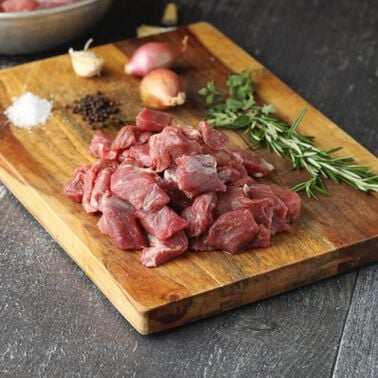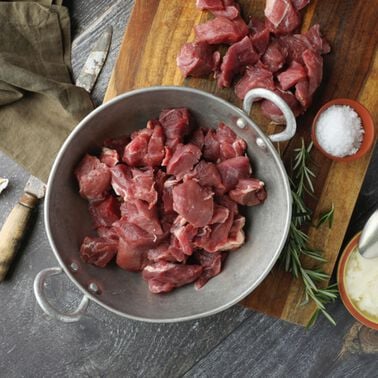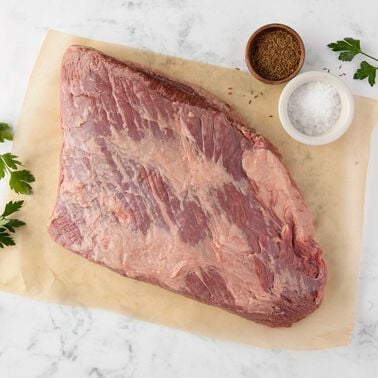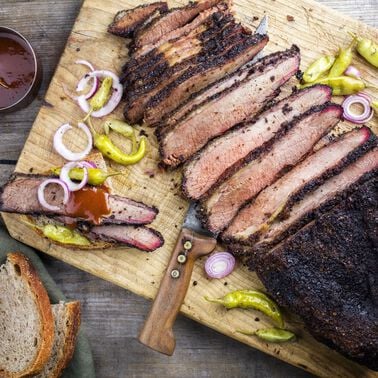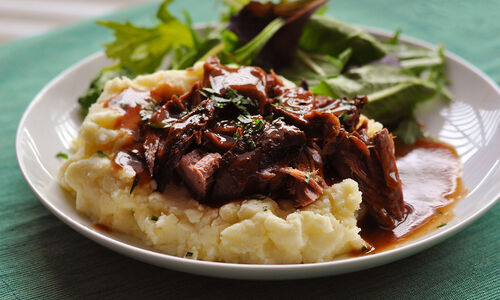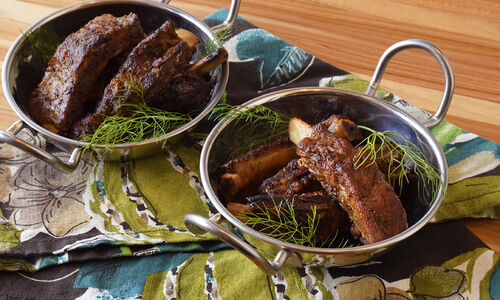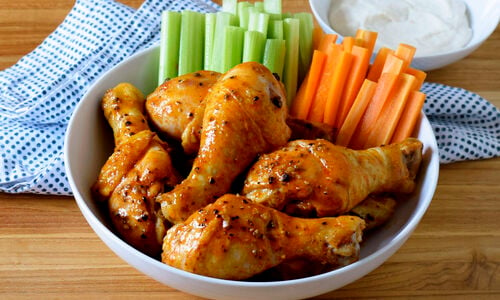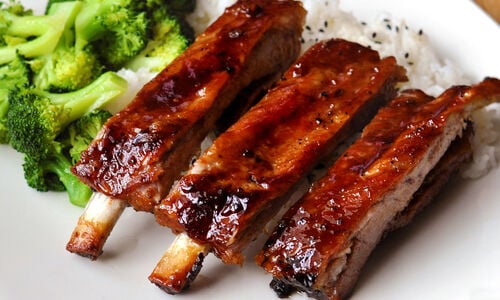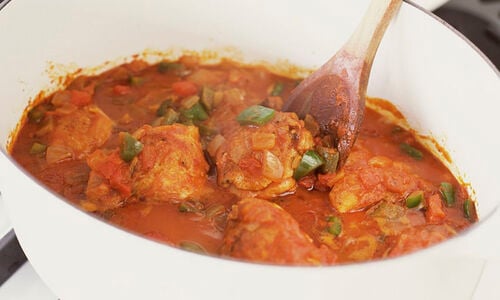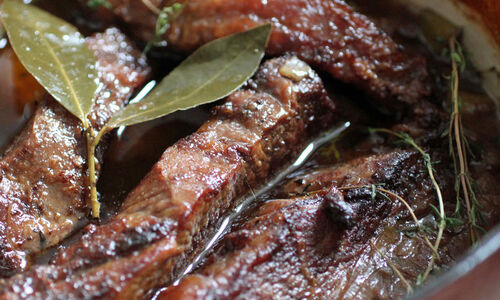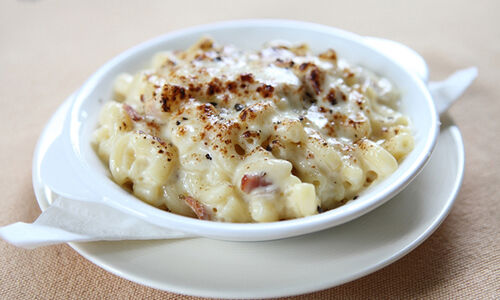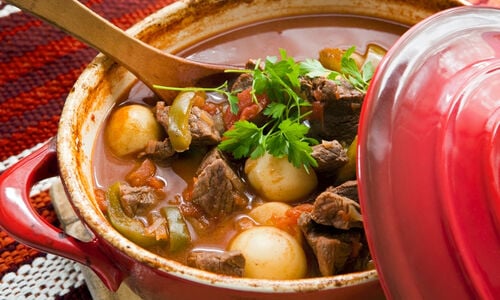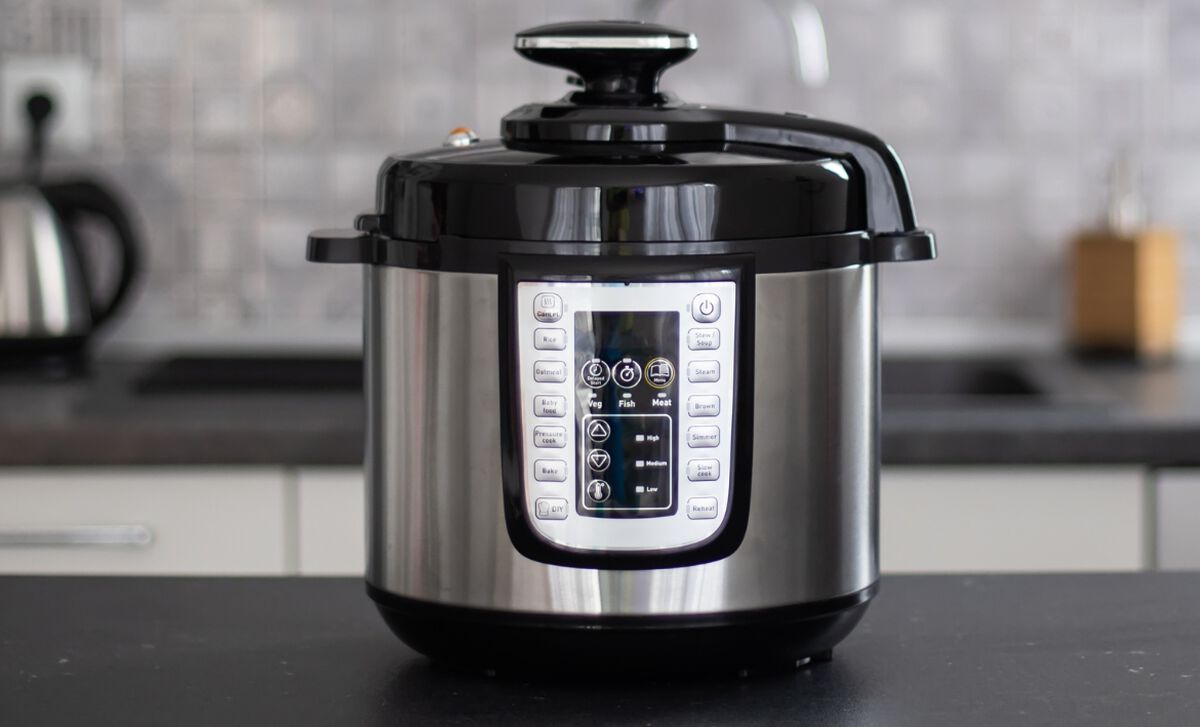
History & Science of Pressure Cookers
In the late 1600s, the first high-pressure cooker was invented by French physicist, Denis Papin. Known as the “steam digester” or “bone digester,” the device was used for extracting marrow from bones while rendering them brittle enough to be easily ground into bonemeal. Papin’s digester served as an early blueprint for other inventions, including the autoclave, piston-and-cylinder steam engine, and of course, the domestic pressure cooker.
At an elemental level, a pressure cooker is simply a sealed pot. Food and a small amount of liquid are heated and as the liquid comes to a boil, trapped steam increases the internal pressure and temperature, which is maintained throughout cooking. With a working pressure setting of 15 pounds over the existing atmospheric pressure, liquid in a pressure cooker doesn’t boil until it hits about 250 degrees F – twice the temperature in a standard, uncovered pot. A higher boiling point and high-pressure steam means food cooks much faster, typically 1/3 of the time (or less) than conventional cooking. Food cooked in this manner also retains vitamins and other nutrients that would normally be lost as a result of diluting into liquid, evaporating, and enduring longer cooking times.
Modern Cookers & Safety Measures
It seems a lot of people have horror stories of a relative or neighbor blowing up a pressure cooker, sending scalding liquid and meat shrapnel flying through their kitchen, and while certain precautions are necessary (as with any type of cooking), modern-day pressure cookers are much safer than their not so distant ancestors. Today’s quality pressure cookers have airtight, locking lids that prevent opening while under pressure and multiple carefully engineered safety valves. Safety improvements aside, pressure cooking demands attention, patience, and adherence to a few rules. Although not all-inclusive, here are some basic pointers for responsible use. Above all, follow the user and safety manual that came with the cooker, as each manufacturer and model differs greatly. Be mindful to follow the cooker’s instructions for attaching the lid securely, reducing steam pressure, and opening the pot after cooking is completed. Proper maintenance is also important. Always check that gaskets are solid yet pliable, free of damage and clean; and that the vent tube (or tubes) are completely clear, free of food particles.
What to Cook in a Pressure Cooker
The combination of steam and intense pressure softens muscle fibers and melts collagen making a pressure cooker ideal for tough cuts of meat, like roasts, stew meat, brisket, shanks, and shoulder. It’s also an excellent method for grains, hearty vegetables, and beans, which often cook without needing a pre-soak. Anything you’d slow cook by braising, stewing, or cooking in a crockpot can be pressure cooked in less time with just as flavorful results. Soups, stews, and even meat stocks are wonderful from a pressure cooker. However, not all foods are suited to intense, pressurized cooking. Soft fish, shellfish, naturally tender meat cuts, and delicate vegetables should not be cooked in this manner, as well as, thick sauces that will burn instead of steam.
Tips and Tricks
- Allow for adequate space for steam – never fill the cooker more than two-thirds full or more than half full for foods that expand such as grains and legumes.
- If you end up with too much liquid after cooking, simply reduce the liquid by bringing it to a boil uncovered on the stovetop and reduce until the desired consistency is reached.
- To make the most flavorful stock, begin with fresh cold water and add all the ingredients before heating the liquid.
- As less cooking time is needed, less energy is needed. And as the steam and heat stay within the pot, your kitchen stays cooler than with traditional stovetop or oven methods. Braised beef short ribs in the summer? Yes!
- Did you know? A non-electric pressure cooker can be used as an effective sterilizer for water while camping.


